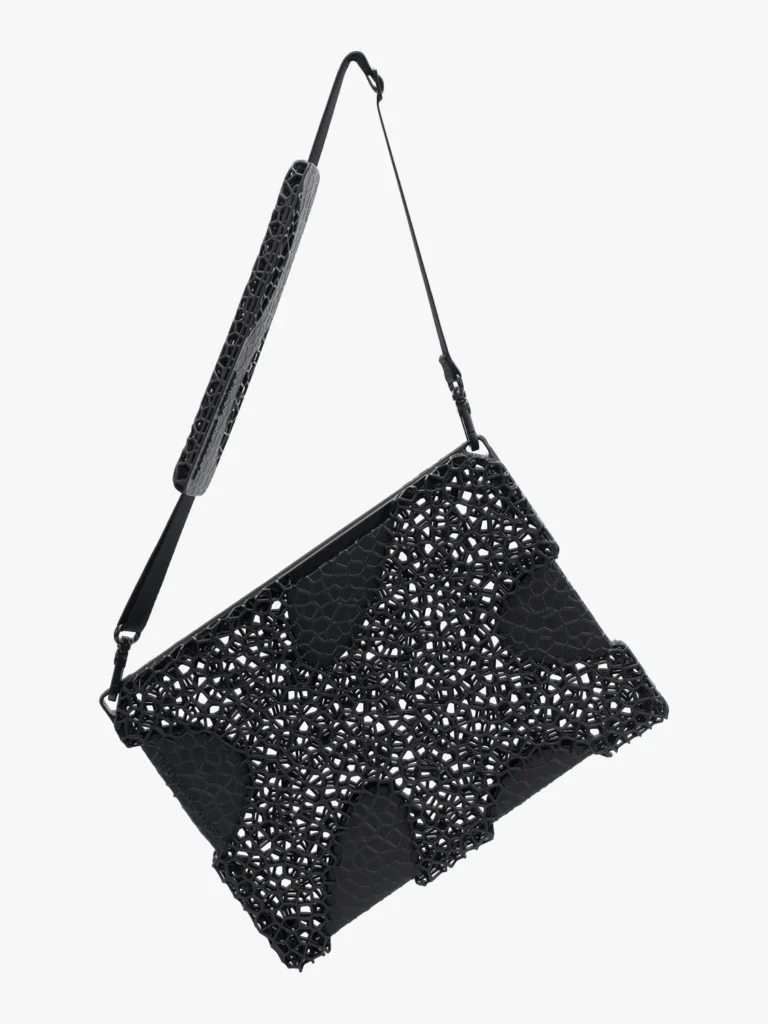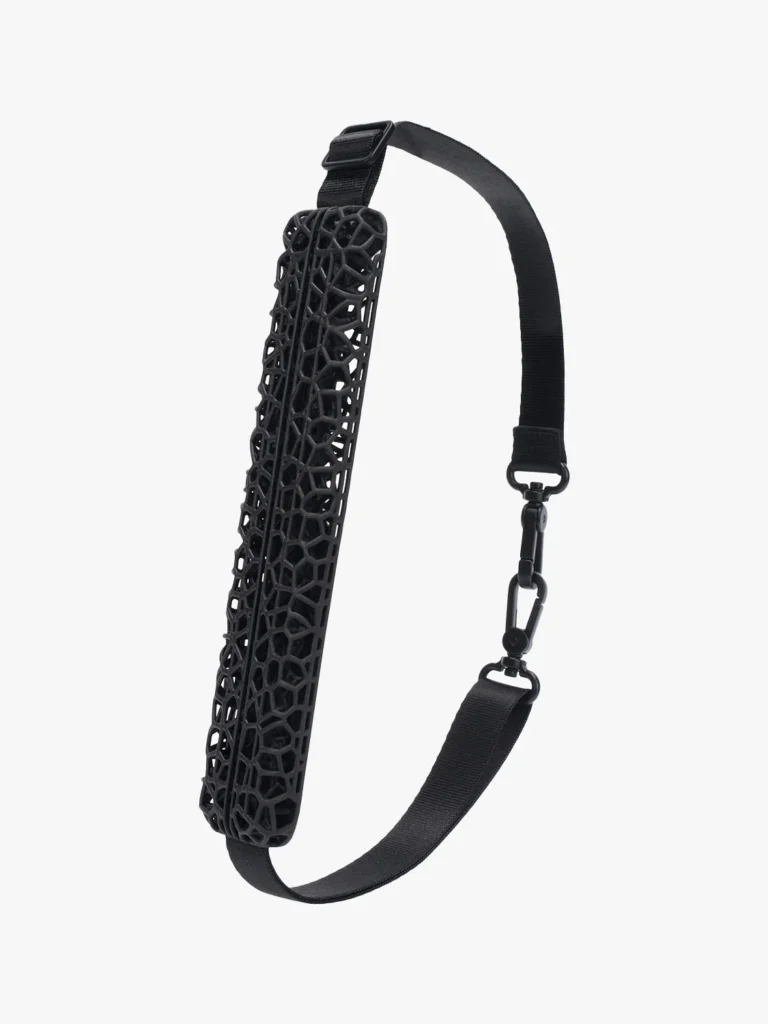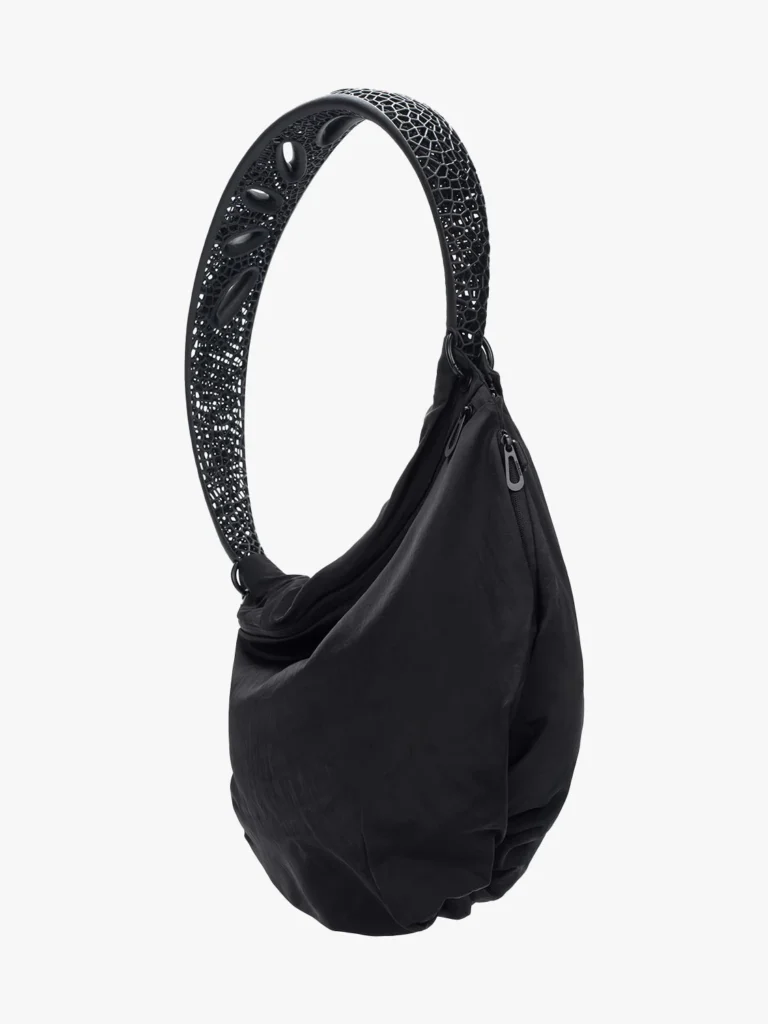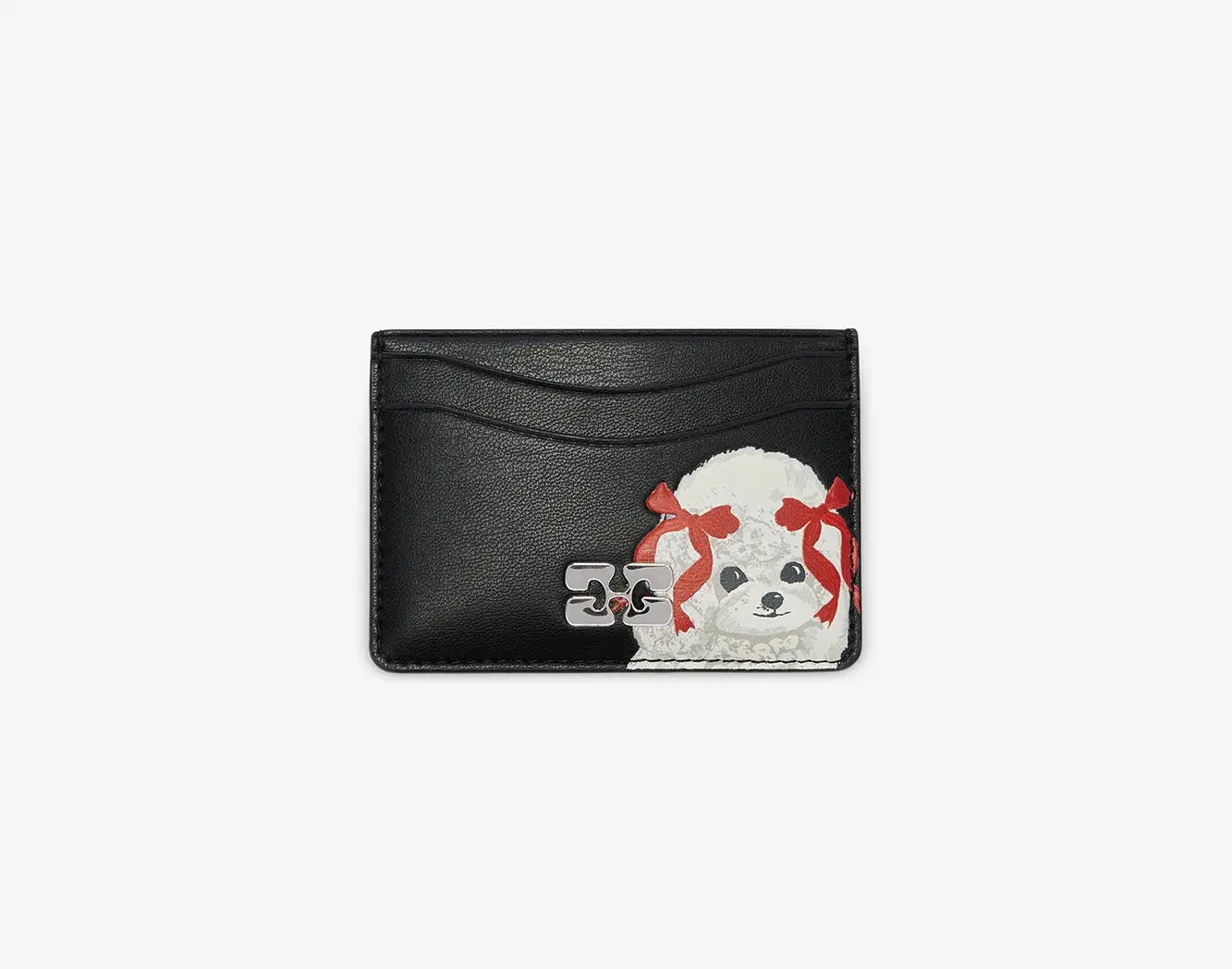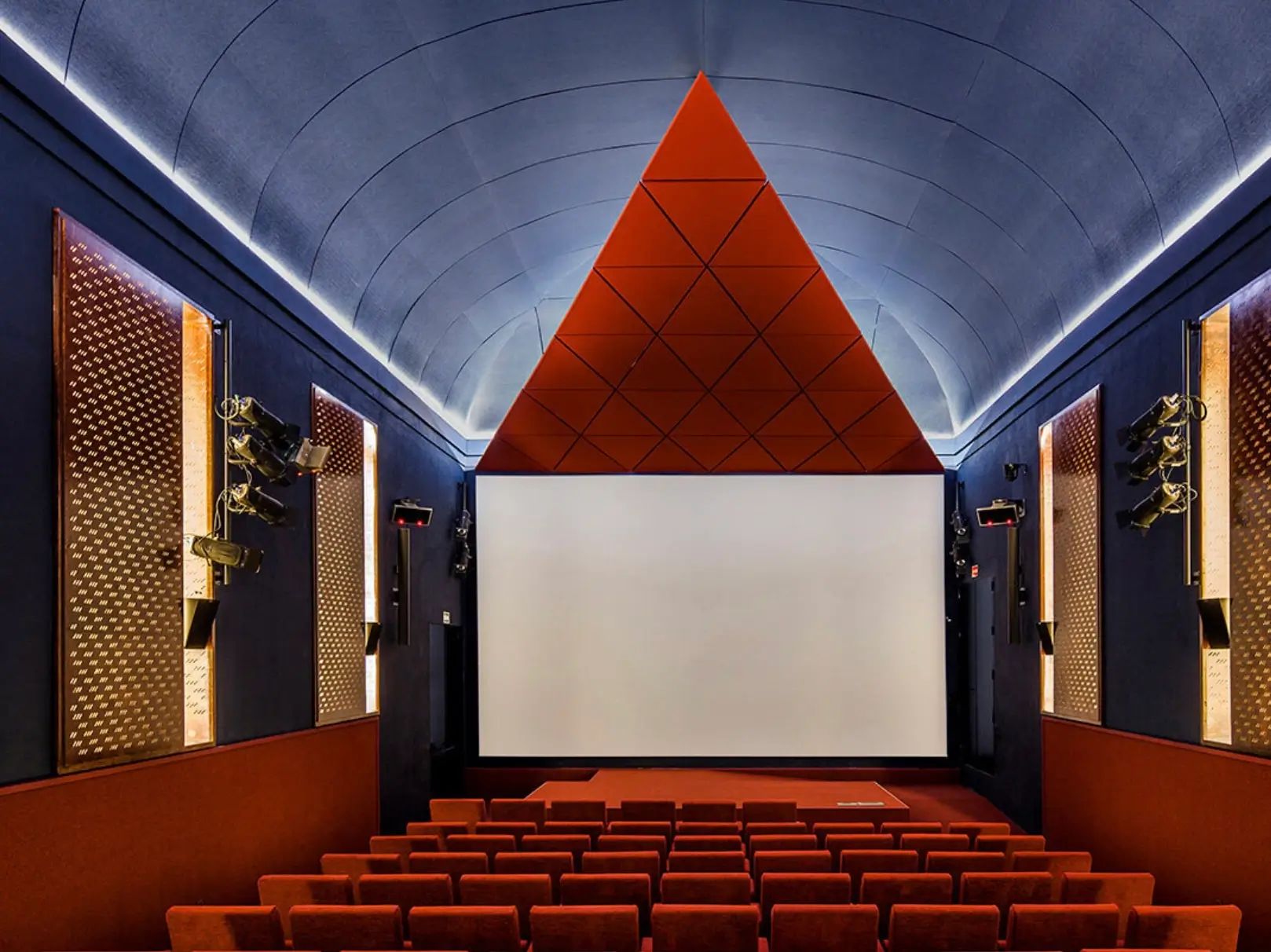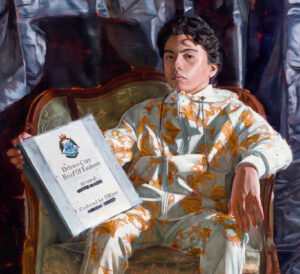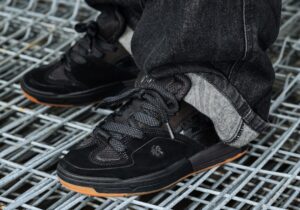In a design world increasingly preoccupied with the balance between digital craft and natural form, the collab between Japanese 3D-printed footwear brand ALIVEFORM and Parisian bag house côte&ciel arrives as a statement of harmony. Titled Living Systems, the capsule is not just a collection but a hypothesis: what happens when the organic and the engineered merge into a single language of form. Rooted in material experimentation and cross-disciplinary craft, it proposes a new vision for travel accessories—objects that appear to breathe, adapt, and evolve with the body in motion.
Born from a shared fascination with biomorphic design, the collaboration connects ALIVEFORM’s generative 3D geometry with côte&ciel’s sculptural approach to textile construction. Each piece embodies a tension between control and spontaneity, technology and touch, algorithm and instinct. The result is a visual symphony of blackened curves, latticed frameworks, and folded skins, suggesting that the future of travel may not lie in speed or convenience but in how our objects respond—almost biologically—to us.
grow
Founded in Tokyo in 2022 by designer Pek Shun Ping, ALIVEFORM has become a defining voice in the new wave of additive manufacturing. The brand’s footwear—often described as “grown” rather than made—emerges from parametric systems that mimic structures found in coral, bone, and leaf tissue. For ALIVEFORM, 3D printing is not simply a production method but a way of thinking: a biological process translated through digital code.
Every pair of shoes the label produces is printed on demand, eliminating waste and embracing the efficiency of algorithmic precision. Yet, despite its technological sophistication, the brand’s visual language feels deeply organic. Shoes appear to bloom like shells, their lattice structures both decorative and functional. This marriage of sustainability and sensual form has positioned ALIVEFORM as one of Japan’s most forward-looking design voices, transcending the footwear category to become an aesthetic ideology—an ethos that nature and computation need not oppose each other.
View this post on Instagram
origin
Since its founding in Paris in 2008, côte&ciel has built its identity on turning everyday accessories into sculptural studies of motion and volume. The brand’s name—meaning “coast and sky”—evokes an endless horizon, a fitting metaphor for its constant exploration of material and space. Unlike traditional bag design, which begins with sketch and pattern, côte&ciel’s process is tactile, physical, architectural. Designers fold and twist sheets of fabric, discovering shape through motion rather than through plan.
This approach results in silhouettes that appear almost geological—forms that shift between industrial and organic, mathematical and emotional. Built with advanced textiles such as EcoYarn and recycled nylon, côte&ciel’s products embody both function and form, merging durability with poetry. In essence, the brand treats travel not as a necessity but as an act of exploration—a sculptural extension of human movement through space.
share
The meeting of ALIVEFORM and côte&ciel feels inevitable in hindsight. Both studios operate at the borders of their disciplines, rejecting fixed typologies in favour of form-finding through process. ALIVEFORM uses code and parametric logic to generate new anatomies; côte&ciel uses folding and tension to manipulate textile surfaces into unexpected volumes. What unites them is their refusal to separate the intellectual from the physical.
When the two brands met, the conversation naturally centred around materials—how polymers could behave like skin, how nylon could behave like bone, how motion could become a design tool. Living Systems was born from that dialogue. The capsule proposes that an object can be simultaneously engineered and alive, digital and organic. In this sense, each piece is less a product and more an ecosystem—a balanced negotiation between two design lineages.
live
The capsule comprises three pieces: the Nebula sling, the Cirrus strap, and the Virga laptop sleeve. Each one redefines what travel gear can look and feel like. Instead of smooth surfaces and predictable ergonomics, there are exoskeletal forms, porous lattices, and sculptural contours. The objects appear to have grown rather than been assembled, their geometry recalling cellular patterns, coral frameworks, or microscopic networks.
The Nebula sling is the centerpiece of the collection. Côte&ciel’s signature folded nylon body meets an arched, 3D-printed strap designed by ALIVEFORM. The strap acts like a spine, curving along the shoulder and chest with a skeletal elegance. Its porous structure disperses tension, giving the sling a feeling of movement even at rest. The interplay between the soft textile body and the hard lattice strap evokes an organism in mid-transformation—half natural, half constructed.
The Cirrus strap is the connective tissue of the capsule. It transforms an ordinary sling or carryall into a wearable sculpture. Designed to distribute weight and enhance airflow, the strap’s biomorphic patterning resembles tendons or root systems, suggesting adaptability rather than rigidity.
Finally, the Virga laptop sleeve brings côte&ciel’s language of folded form into dialogue with ALIVEFORM’s exoskeletal shell. The sleeve’s lattice exterior encases the device in a structure that protects while revealing, breathing while sheltering. The contrast between opaque and void spaces turns a utilitarian object into a poetic one—technology wrapped in an artificial nature.
material
At the heart of Living Systems lies a deep respect for material intelligence—the idea that materials themselves hold agency, that design is a process of listening to what substances want to become. ALIVEFORM’s use of advanced polymers and generative code allows for precise modulation of density and flexibility, producing structures that echo biological efficiency. Côte&ciel’s fabric treatments and folds achieve a similar effect through analog methods, sculpting with the hands what the printer sculpts with algorithms.
By merging these two methodologies, the capsule transcends the binary of handmade versus machine-made. It demonstrates that human and computational processes can coexist, even depend on each other, to achieve new expressions of function and emotion. In this way, Living Systems becomes not only a study in design but also a metaphor for collaboration itself—two different organisms evolving into a shared species.
form
Every surface of the collection carries a philosophical charge. The asymmetry of the sling, the voids within the lattice, the compression of folded fabric—these are not decorative accidents but intentional reflections of living patterns. Nature, after all, thrives on irregularity; it is never perfectly symmetrical. ALIVEFORM and côte&ciel channel that irregularity as a kind of honesty, an acceptance that perfection is not static precision but adaptive coherence.
The collection’s all-black palette heightens this concept. Black acts as both concealment and revelation—it erases distractions and draws the eye toward texture, shadow, and depth. It underscores the collection’s sculptural presence, aligning it more with architecture or biomorphic art than fashion. In photographs, the pieces read almost as fossils of the future: remnants of an evolutionary process that has yet to unfold.
flow
Living Systems is not just a capsule collection; it is a study in coexistence. It reveals how collaboration can transcend marketing to become material philosophy. By weaving together ALIVEFORM’s computational geometries and côte&ciel’s tactile manipulations, the two brands offer a rare synthesis of the natural and the technological, the emotional and the engineered.
In its sculptural curves and cellular surfaces, the collaboration reflects the rhythm of contemporary life—fluid, hybrid, interconnected. Every fold, every lattice, every void speaks to a world where design no longer imitates nature but participates in it. The pieces are not simply objects; they are organisms of utility and beauty. They are living systems—grown, folded, and imagined for the future traveler.
No comments yet.


